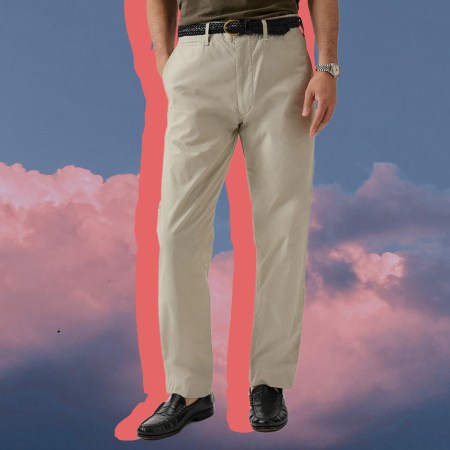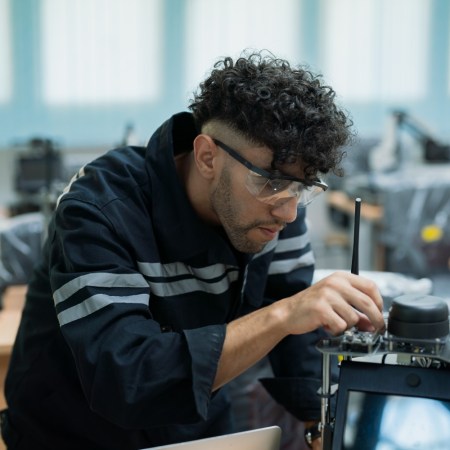We recently wrote about a glider that you can takeoff and land with your own two feet. Today, we bring you Perlan 2. Another glider, but this one takes you to heights where your blood would boil were your legs to leave the aircraft.
That’s because the Airbus-backed sailplane is designed to reach the stratosphere. Or as the team says, “the edge of space.” All without an engine.
How? By surfing “stratospheric mountain waves.”
The Perlan Project began back in 1992 when, as Maxim writes, former NASA and U.S. Air Force pilot Einar Enevoldson detected these air flows above mountain ranges. With the help of Elizabeth Austin, now the project’s chief meteorologist, these waves were verified and concluded to reach up to 130,000 feet.
So Enevoldson did as any aerospace addict would do — design a manned gliding aircraft that could catch these waves and use them to fly higher and longer than any jet had done before.
In 2006, Perlan 1 set the altitude world record for gliding at 50,722 feet and still holds that record today. Perlan 2 has undergone multiple successful tests in the Patagonia region of Argentina, which offers ideal conditions, but has not flown during the specific conditions needed to reach 90,000 feet or above.
For perspective, commercial flights hover around 39,000 feet. The sustained flight world record is currently held by the U.S. Air Force’s Lockheed SR-71 Blackbird at 85,069 feet. The Perlan 2, which is towed by an engine-powered plane then released at 5,000 feet, looks to break that record in 2017.
For even more perspective, that Airbus does not note, the altitude where space begins is much higher than this goal. NASA sets the altitude line at 260,000 feet. Fédération Aéronautique Internationale sets it on the Kármán line, or 330,000 ft.
“The kids today, with Google Earth showing them every single square meter of the whole world, it looks like there’s nothing left to explore,” says copilot and project manager Morgan Sandercock in the Airbus video above. “But there [are] parts of the atmosphere we’ve never been to, that no one’s ever flown.”
Point well taken. Reaching these heights on a glider will lead to new understanding of our planet, as well as what it would be like to fly on Mars.
Someone set up a meeting with Elon Musk.
This article was featured in the InsideHook newsletter. Sign up now.






















